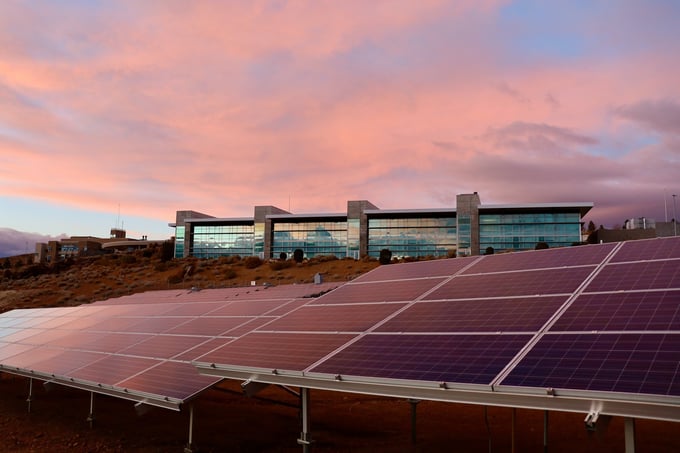If your business is a high volume energy user, you have probably been measuring and reporting on your Scope 2 emissions for some time. Thanks to mandatory schemes such as the Streamlined Energy and Carbon Reporting scheme (SECR), and a proliferation of voluntary carbon initiatives, energy-intensive users feel comfortable with the basics. But the reality is that many are underestimating their true emissions in Scope 2, making their carbon reporting much less accurate. Could your business be one of them?
Scope 2: the “easy” emissions category?
Scope 2 may seem like an easy category to report on compared to the other scopes. Scope 1 has the challenge of using varying conversion factors to calculate emissions from different combusted fuels. Scope 3 has the much bigger challenge of measuring emissions generated outside the boundaries of your business. But with Scope 2, your consumption is measured by your energy supplier and shared with you in the form of bills.
The complexity happens at the stage of converting consumption data into emissions. The location-based calculation method means multiplying your consumption data by an emissions factor representing the grid average for your area. But for organisations working to boost their consumption of renewables, this location-based method doesn’t reflect the fact that you’ve taken steps to reduce emissions per kWh. This is why the Greenhouse Gas Protocol, followed by many schemes such as SECR, recommends that businesses with access to more specific emissions data should use it.
The market-based method takes into account the purchasing choices that businesses have chosen with relation to the carbon content of their energy supply. This includes information such as the use of REGO certificates to certify the renewable origin of energy supplied. Or it might relate to the signing of a renewable corporate power purchase agreement (CPPA).
How to calculate Scope 2 emissions accurately
Best practice guidance recommends supplying emissions data based on both the location-based method and the market-based method, but this is in the knowledge that neither method can give a fully accurate picture of emissions from the specific business.
Even if you are buying all your energy through a “100% renewable” CPPA, the reality is that your energy supplier has to do something to manage the intermittency of renewables so your business doesn’t lose power when the sun isn’t shining and the wind isn’t blowing. This means supplementing energy from the renewable generator with grid energy, which has a highly variable carbon content. Assuming that your supply is truly 100% renewable means significantly underestimating your Scope 2 emissions.
The best way to calculate your company’s Scope 2 emissions is to start with the most accurate data possible. You need real-time data on both the consumption of your business and the composition of energy in the grid, so you know how well your energy usage aligns with renewable generation.
If your business is already optimising its consumption patterns for maximum use of renewables, it is also possible that you could be overestimating your Scope 2 emissions. Your efforts to decarbonise your energy consumption won’t be recognised in your reporting unless you have specific data on how your usage matches the mix in the grid.
Rising standards
Blunt instruments such as location-based and market-based reporting aren’t helping to create the responsive energy markets we need for the future. This is why both mandatory and voluntary carbon reporting schemes are increasingly tightening their requirements and asking for more data.
Meanwhile, investors are under pressure to consider the climate in their decisions, and “greenwash” has become a dirty word. In order to meet these rising standards, businesses need more robust methods than the bare minimum currently required.
To find out how you can take control of your energy data and futureproof your Scope 2 reporting, download our whitepaper Avoiding the Greenwash: a Guide for Large Energy Users.


